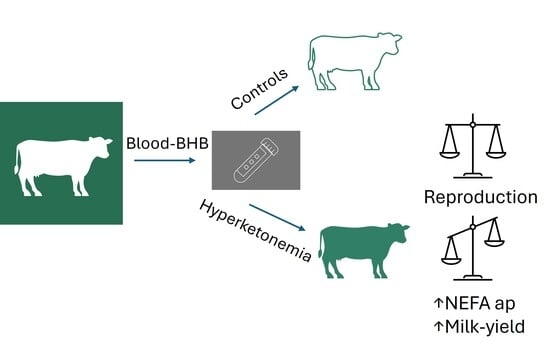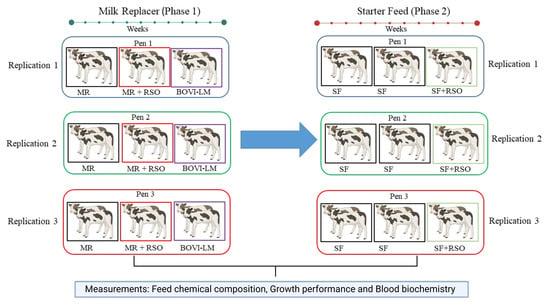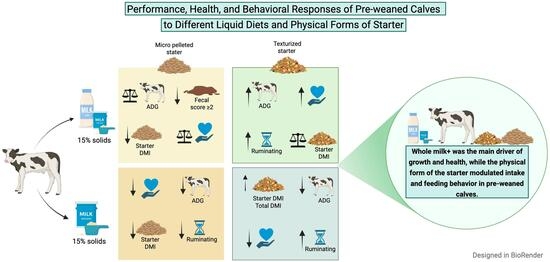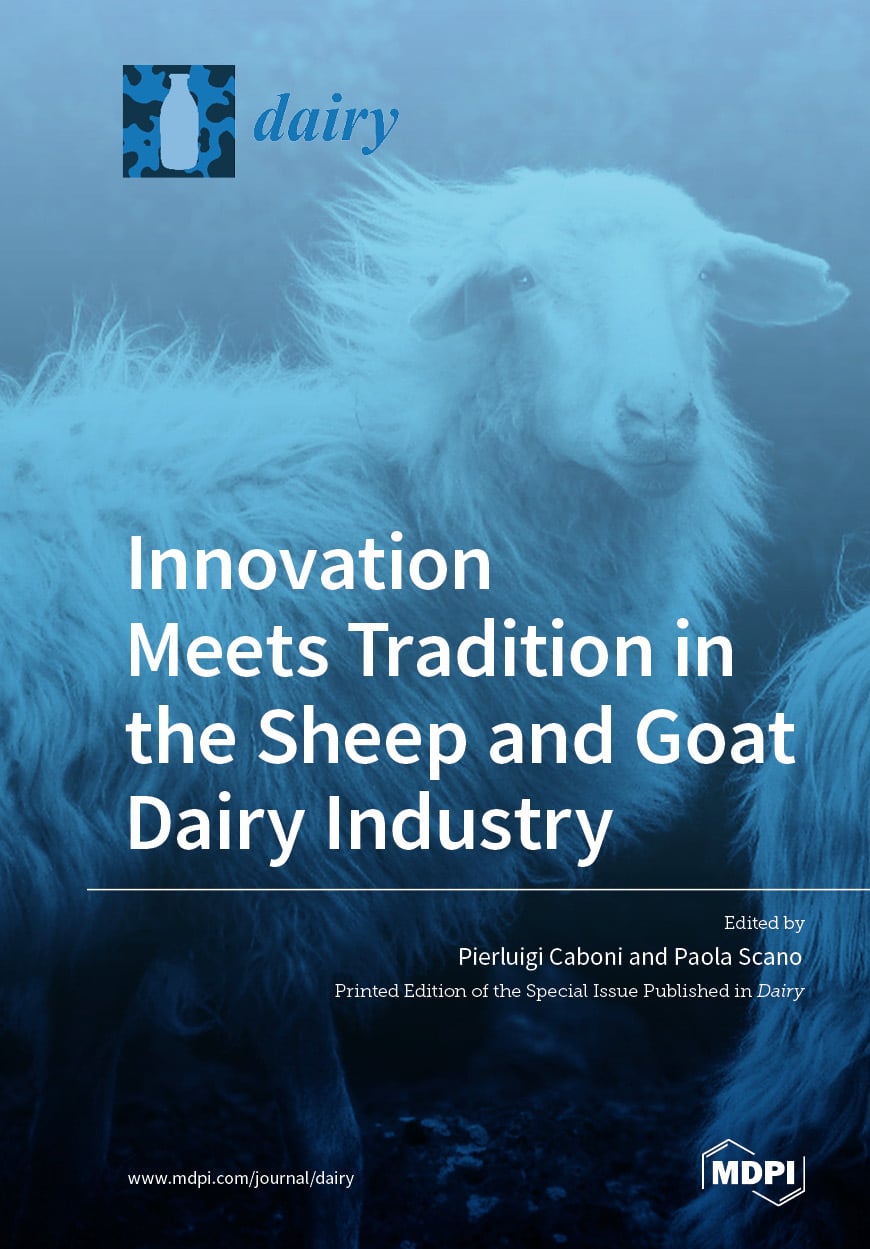- Article
Abattoir Survey of Dairy and Beef Cattle and Buffalo Haemonchosis in Greece and Associated Risk Factors
- Konstantinos V. Arsenopoulos,
- Athanasios I. Gelasakis and
- Elias Papadopoulos
Although best known as a major parasite of sheep and goats, the blood-feeding abomasal nematode Haemonchus contortus can also infect cattle and buffaloes under the mixed-grazing Mediterranean conditions prevalent in Greece. The objectives of this study were as follows: (i) to determine the prevalence of H. contortus infections in dairy and beef cattle and buffaloes in Greece through an abattoir survey, (ii) to evaluate potential host- and farm-related risk factors including age, sex, management system, cattle productive orientation, and the co-existence of cattle and buffaloes on the occurrence of haemonchosis, and (iii) to assess the likelihood of detecting homozygous benzimidazole (BZ)-resistant H. contortus in large ruminant populations in relation to these determinants. A total of 213 abomasa (115, 55, and 43 from dairy, beef cattle, and buffaloes, respectively) were examined. A structured questionnaire provided additional animal- and farm-level information. Haemonchus-like helminths were collected and molecularly identified at the species level by amplifying a 321 bp fragment of the internal transcribed spacer 2 region of nuclear DNA. An allele-specific multiplex PCR, targeting codon 200 of the β-tubulin gene, was applied to detect BZ-resistant alleles. The prevalence of H. contortus infection was 21.2% in cattle and 69.8% in buffaloes. In cattle, multivariable analysis revealed that mixed-species farming (i.e., farms where cattle were the primary species and buffaloes were kept in smaller numbers), productive orientation, and slaughter age were significant predictors of increased H. contortus infection. Controversially, none of these factors were significantly associated with infection in buffaloes. Finally, multivariable modelling suggested that resistance patterns varied by host species, being more prevalent in intensively managed, older cattle, yet less common among older buffaloes and in herds where both species coexisted.
26 December 2025






